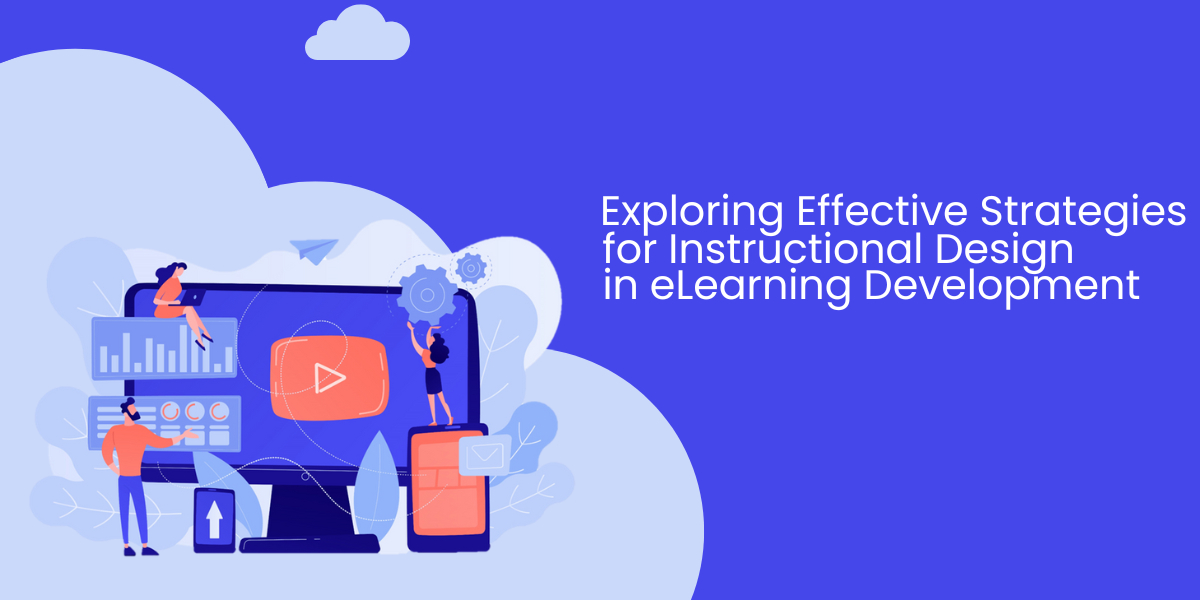What is Instructional Design?
Instructional design is the systematic process of developing educational experiences that effectively meet the learning needs of individuals. It combines creativity, psychology, and technology to craft impactful eLearning courses.
Importance of Instructional Design in eLearning Development
In the world of eLearning, instructional design ensures that content is not only informative but also engaging and accessible. A well-designed eLearning course boosts learner engagement, retention, and overall success.
Understanding the Basics of Instructional Design
Core Principles of Instructional Design
At its heart, instructional design focuses on clarity, relevance, and effectiveness. Key principles include setting clear objectives, understanding the audience, and fostering active learning.
The Role of Learner-Centric Approach
A learner-centric approach tailors the content to the specific needs, preferences, and abilities of the audience, ensuring an immersive and meaningful learning experience.
Key Elements of Effective Instructional Design
Aligning Learning Objectives
Clearly defined objectives guide the structure and flow of eLearning content, keeping it focused and impactful.
Structuring Content for Maximum Engagement
Breaking down complex topics into digestible chunks and using visuals, infographics, and videos enhances comprehension.
Selecting the Right Delivery Methods
Choosing between synchronous, asynchronous, or blended learning depends on the audience's needs and technological accessibility.
Instructional Design Models for eLearning
ADDIE Model
The ADDIE model (Analyze, Design, Develop, Implement, Evaluate) is a structured framework that ensures consistency and quality in eLearning development.
SAM Model
The Successive Approximation Model (SAM) emphasizes iterative design, enabling rapid prototyping and continuous improvement.
Bloom’s Taxonomy
Bloom’s Taxonomy aids in designing eLearning objectives, categorizing them into cognitive, affective, and psychomotor domains.
Strategies for Creating Engaging eLearning Content
Interactive Multimedia Integration
Incorporating videos, animations, and simulations makes the content dynamic and immersive.
Gamification in Learning
Gamification uses game mechanics like points, badges, and leaderboards to motivate learners and increase participation.
Adaptive Learning Approaches
Adaptive learning technologies personalize the learning journey based on individual performance and preferences.
The Role of Technology in Instructional Design
Using Authoring Tools Effectively
Authoring tools like Articulate 360 and Adobe Captivate enable the creation of interactive and visually appealing eLearning modules.
Leveraging Learning Management Systems (LMS)
An LMS streamlines course delivery, tracking, and assessment, ensuring a seamless learning experience.
Measuring the Success of eLearning Programs
Importance of Assessment and Feedback
Regular assessments and feedback loops help identify gaps and refine the learning experience.
Metrics to Track Learning Outcomes
Metrics like completion rates, engagement levels, and post-training performance indicate the effectiveness of eLearning programs.
Challenges in Instructional Design for eLearning
Addressing Diverse Learning Styles
Catering to auditory, visual, and kinesthetic learners requires a diverse range of instructional strategies.
Overcoming Technological Barriers
Ensuring accessibility and minimizing technical glitches are crucial for a smooth learning experience.
Best Practices for Instructional Designers
Collaborating with Subject Matter Experts
Working closely with experts ensures content accuracy and relevance.
Continuous Learning and Skill Enhancement
Staying updated with industry trends and tools is essential for success in instructional design.
Conclusion
Instructional design is the backbone of effective eLearning. By embracing innovative strategies, leveraging technology, and focusing on learner-centric approaches, instructional designers can create impactful learning experiences. As eLearning evolves, staying adaptable and open to new trends is key to success.




